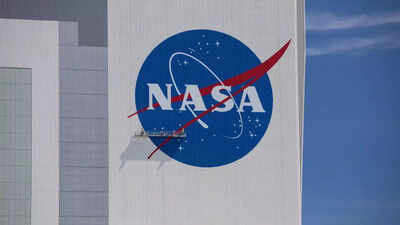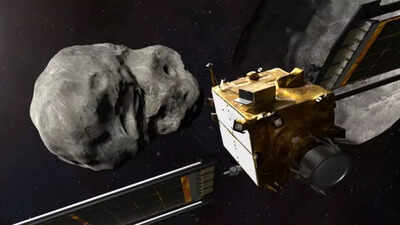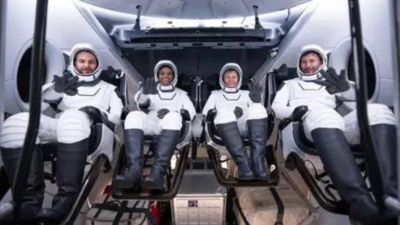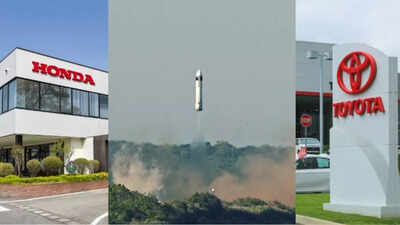Trump administration planning to cut over 2145 NASA employees |

NASA is set to cut over 2,000 senior-ranking employees as part of a cost-cutting initiative led by the Trump administration, sparking widespread concern across the scientific community. Internal documents show that these departures, driven by early retirement offers, buyouts, and deferred resignations, are part of a broader White House effort to reduce the size of the federal workforce. Many of those leaving hold GS-13 to GS-15 roles, positions that demand specialized technical skills or management expertise. The cuts coincide with a proposed 25% reduction in NASA’s 2026 fiscal budget, raising alarms that critical space exploration missions, including future Moon and Mars landings, may face significant delays or disruptions.The 2,145 staff set to depart include 875 GS-15 employees, the agency’s most experienced personnel. Over 1,800 of them serve directly in NASA’s core mission areas—science, engineering, and human spaceflight—while the rest support crucial infrastructure like IT and finance. Experts warn that the loss of such highly skilled individuals represents a brain drain that could significantly impair NASA’s long-term capabilities.
NASA centers hit the hardest with Trump’s budget cuts
The staff cuts are spread across all ten NASA regional centers. The Goddard Space Flight Center in Maryland faces the highest loss with 607 employees departing. Johnson Space Center in Texas will lose 366, Kennedy Space Center in Florida 311, and NASA headquarters in Washington 307. These centers are integral to operations ranging from mission control to rocket launches.
Impact of budget cuts on Moon and Mars missions
The cuts coincide with Trump’s proposed budget that aims to reduce NASA’s workforce by over 5,000 employees. With Artemis missions targeting a Moon landing by 2027 and human missions to Mars in later years, the loss of technical and managerial staff could derail timelines. Critics argue that these reductions risk ceding America’s space leadership to nations like China, which continues to ramp up its space science efforts.
Former NASA leaders sound the alarm
Seven former directors of NASA’s Science Mission Directorate have publicly condemned the proposed 47% budget cut to science programs. In a joint letter to Congress, they warned that gutting space science could halt decades of innovation, citing landmark achievements such as the Mars rover landings and the James Webb Space Telescope.
Internal uncertainty and no permanent administrator
Morale within NASA has taken a hit. The agency is still without a Senate-confirmed administrator after Trump abruptly withdrew his own nominee, Jared Isaacman, reportedly due to ties with Elon Musk. Staffers report growing anxiety over leadership gaps and the uncertainty created by budget politics.
Will Congress intervene?
The final decision on the budget rests with Congress. While the Senate Commerce Committee has signaled support for maintaining NASA staffing levels, it remains unclear whether lawmakers will fully reject the White House’s proposal. However, analysts say that even if funding is restored, attracting back lost talent could be a formidable challenge in a competitive space industry.






